Tags
attorney, bibliophile, ceremonies, Christine A. Jones, Eugène Paillet, fidelity, fleurs de lys, French, Greek, Hebrew, Jean Thomas, Jesuits, judge, King Henri IV of France, Latin, law, Louis XIII, Lyon, Montauban, morocco, ornaments, Paris, Penard Fernández, Pierre Mathieu, quatrains, reception, religion, royal, Royal Historiographer, Société des Amis du Livre, The University of Utah, Toulouse, tragedies, translation, Valence, war, World Languages and Cultures
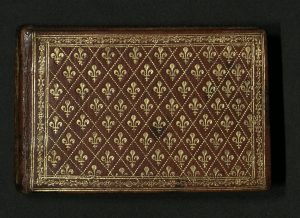
“It seems that from a King, the Majesty fades
Without many servants trailing his royalty
It may be grand to engage them in spades
But it is a great pain to depend on their loyalty.”
Tablettes de la vie et de la mort
Pierre Mathieu (1593-1621)
A Paris: Iean Petit-Paz, rue S. Iacques, à l’eseu de Venise, près les Mathurins, MDCXXIX (1629) avec privilege dv Roy
First and only complete edition with Latin translation
PQ1820 M28 T11 1629
Pierre Mathieu studied under the Jesuits and mastered Latin, ancient Greek and Hebrew. When he was nineteen his first tragedy, “Esther” was performed and published in Lyon in 1585. Before his death, Mathieu published four more allegorical tragedies, exploring contemporary issues of war in defense of religion. He studied law at Valence, receiving his doctorat in 1586. He was chosen and sent by the residents of Lyon to King Henri IV of France in 1594 to represent to him their fidelity. A year earlier, he had been put in charge of organizing the ceremonies of the king’s royal reception during his visit to Lyon. In Paris Mathieu became Royal Historiographer and was privileged guest of the royal court and the king. He fell ill accompanying Louis XIII at the siege of Montauban and died in Toulouse.
This collection of cultivated admonitions was written by Matheiu for Henri IV and then Louis XIII, Henri IV’s son. It is made up of individual parts that were published over a period of sixteen years (the last posthumously) — and were printed alone, in pairs, or all together, often in this irresistible little palm-sized format. Matheiu intended his readership to memorize the three suites, or volumes, each of one hundred quatrains. Attorney Jean Thomas (act. 1645) translated the French into Latin, printed in just this edition.
The present copy belonged to Louis XIII or was for presentation by him. It bears the book plate of Eugène Paillet (1829-1901) and the stamp of one Penard Fernández.
Paillet was a Parisian lawyer and judge and one of the great French bibliophiles of the nineteenth century. He was particularly interested in acquiring a number of different editions of the same work in order to illustrate the history of the publication. He was a founding member of the Société des Amis du Livre in 1874.
The translation of the quatrain above is by Christine A. Jones, Professor, World Languages and Cultures, The University of Utah. She explained that this was a “quick, unpolished” translation “to give the reader a sense of the irony and juicy moral ambiguity of the poems.”
French text facing the Latin translation, ornaments throughout. Each page bears various hand ruled borders in light faded red ink. Bound in contemporary gilt red morocco, chain-and-bloom roll around a central panel diapered with a dotted roll, interstices with fleurs de lys, which also fill the single vertical spine compartment. Marbled pastedowns, all edges gilt.

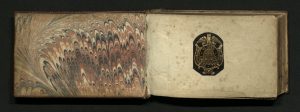
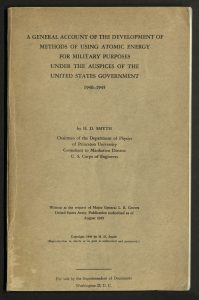
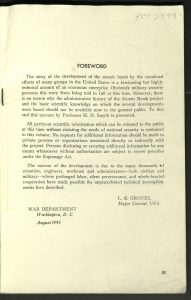
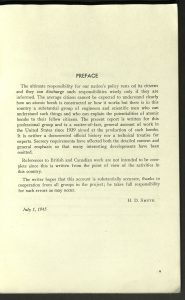
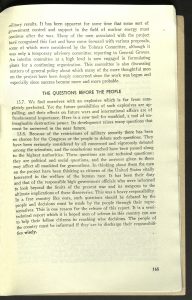
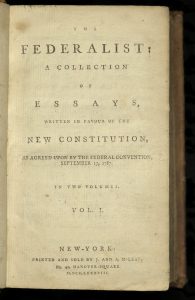
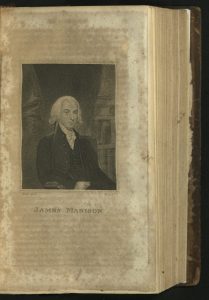
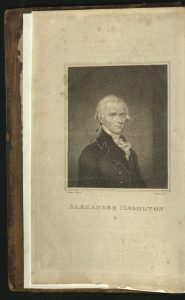
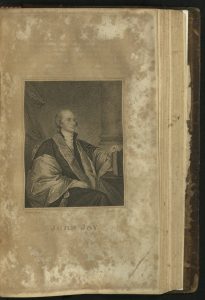
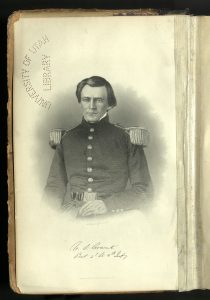
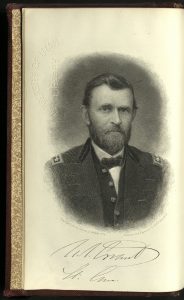
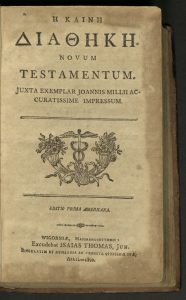
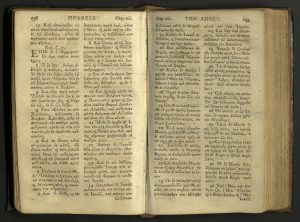
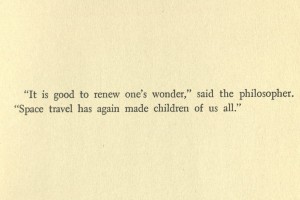
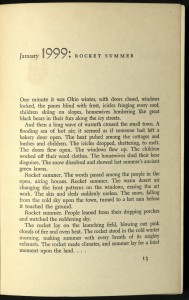
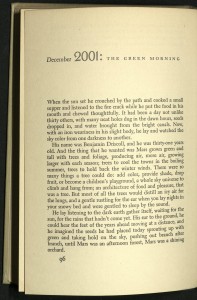

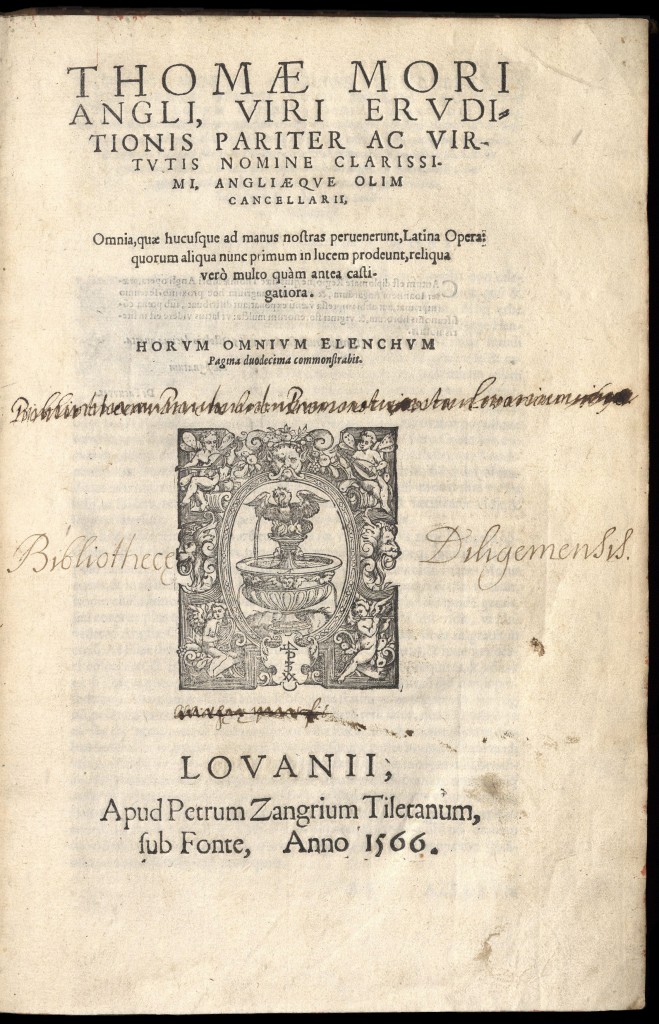
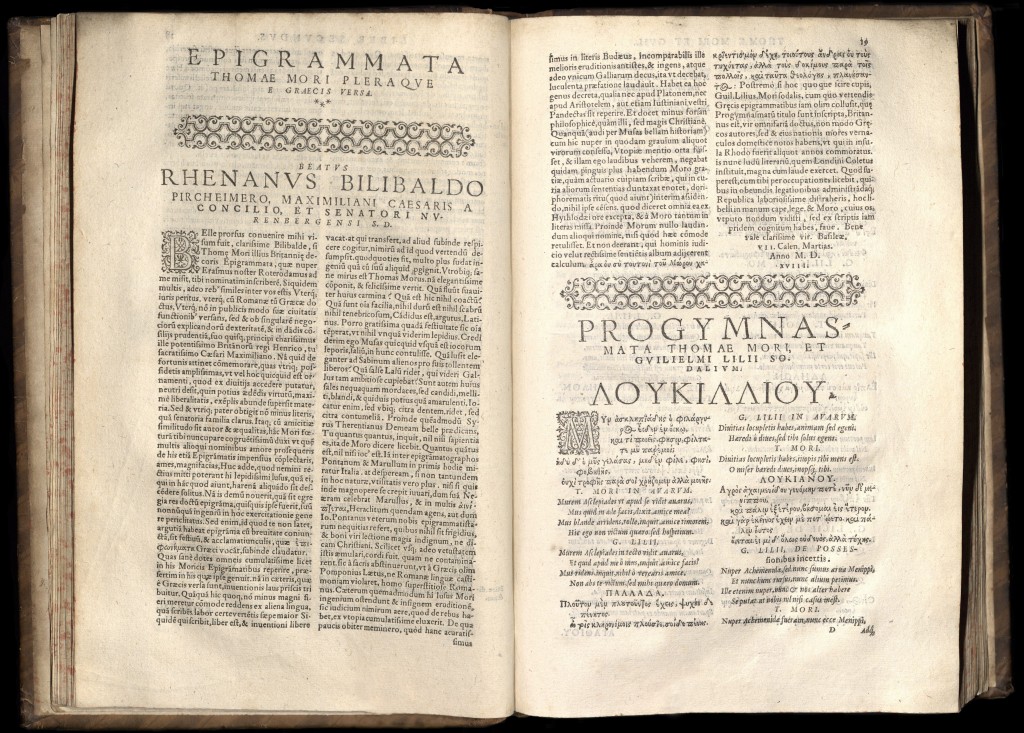
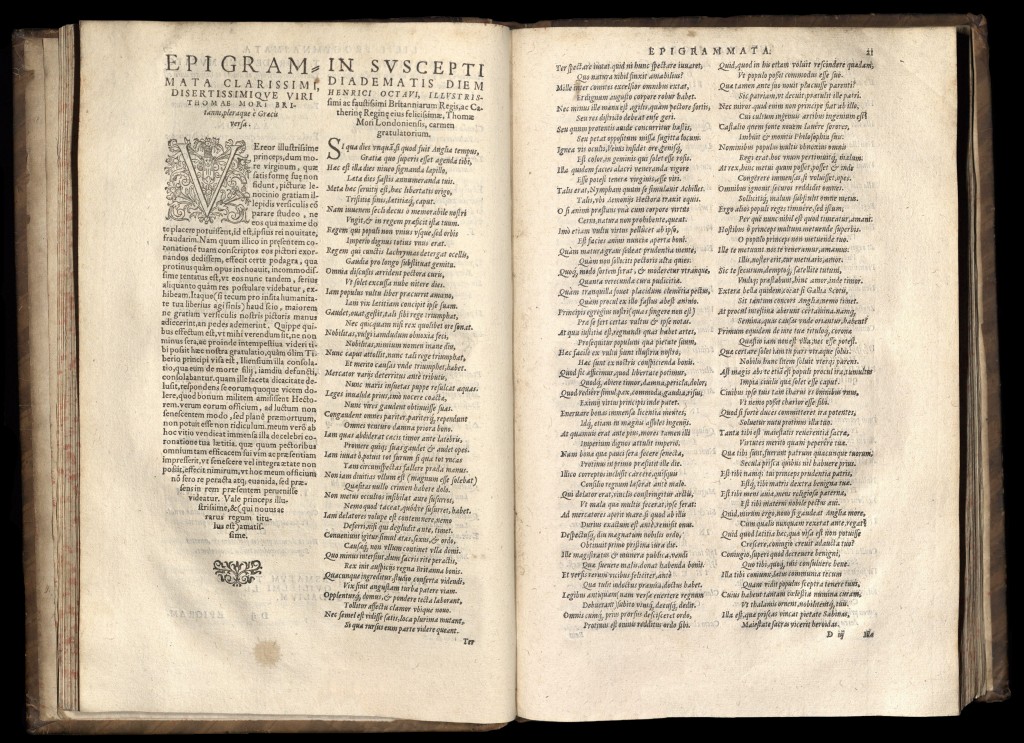
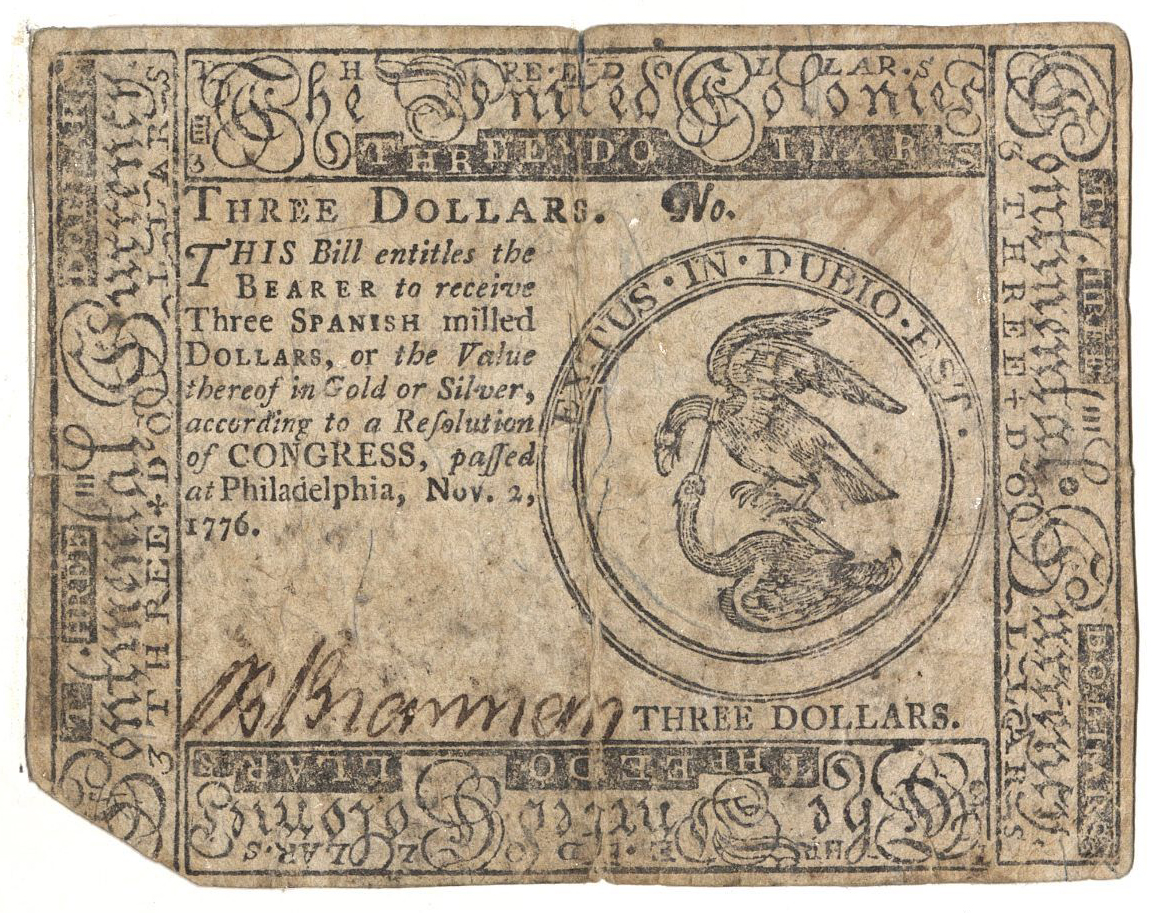

You must be logged in to post a comment.